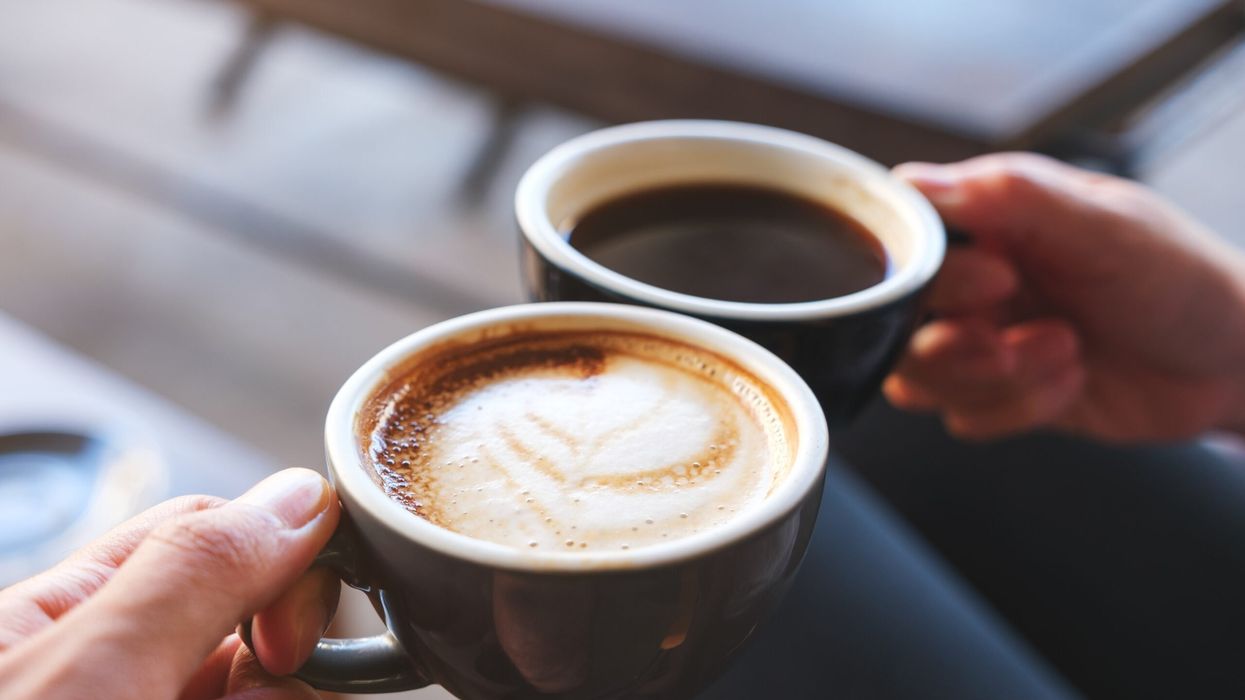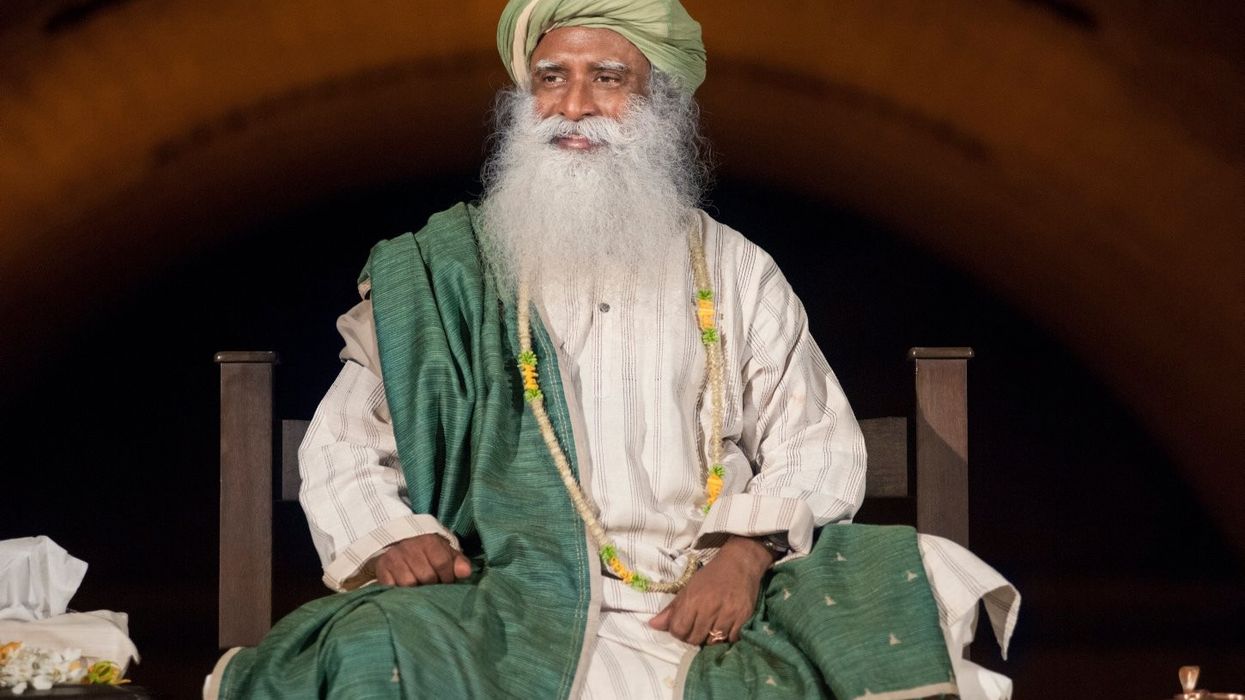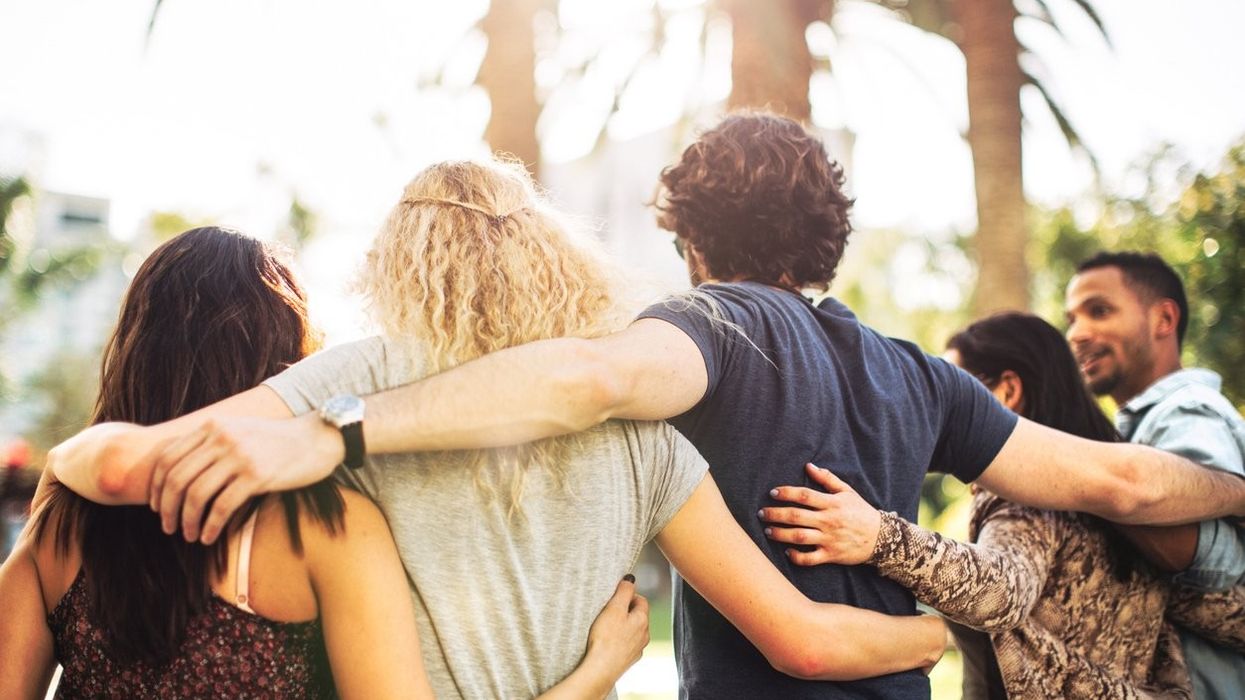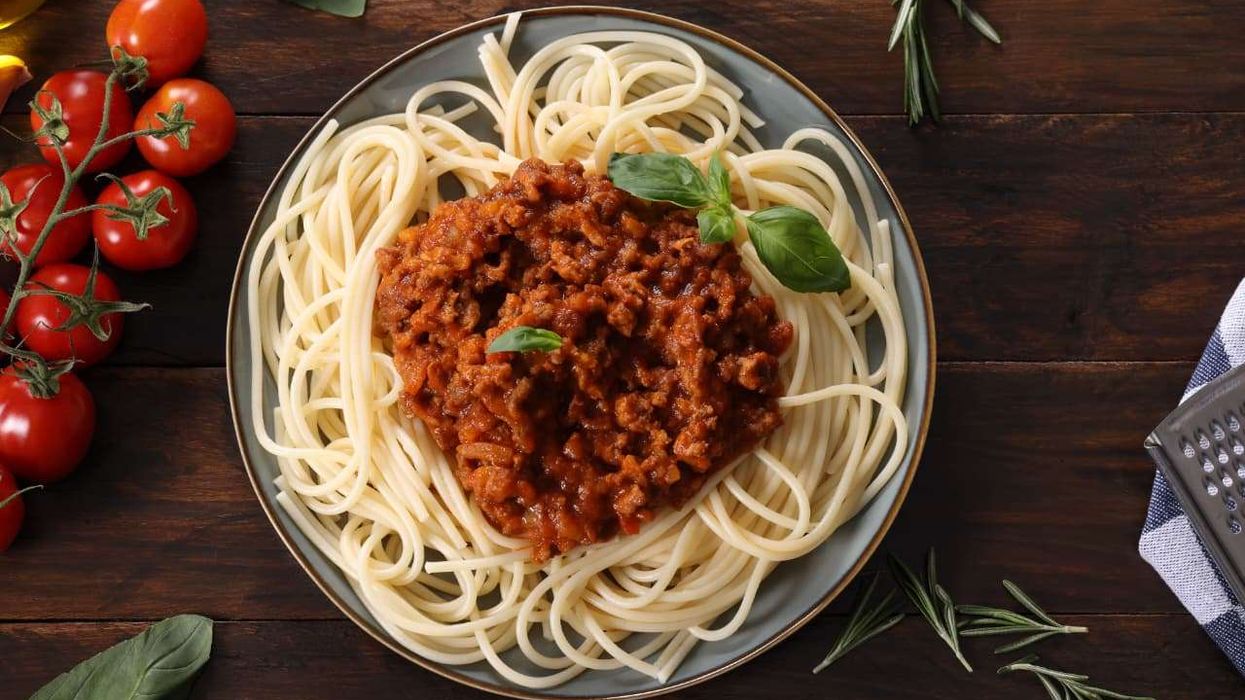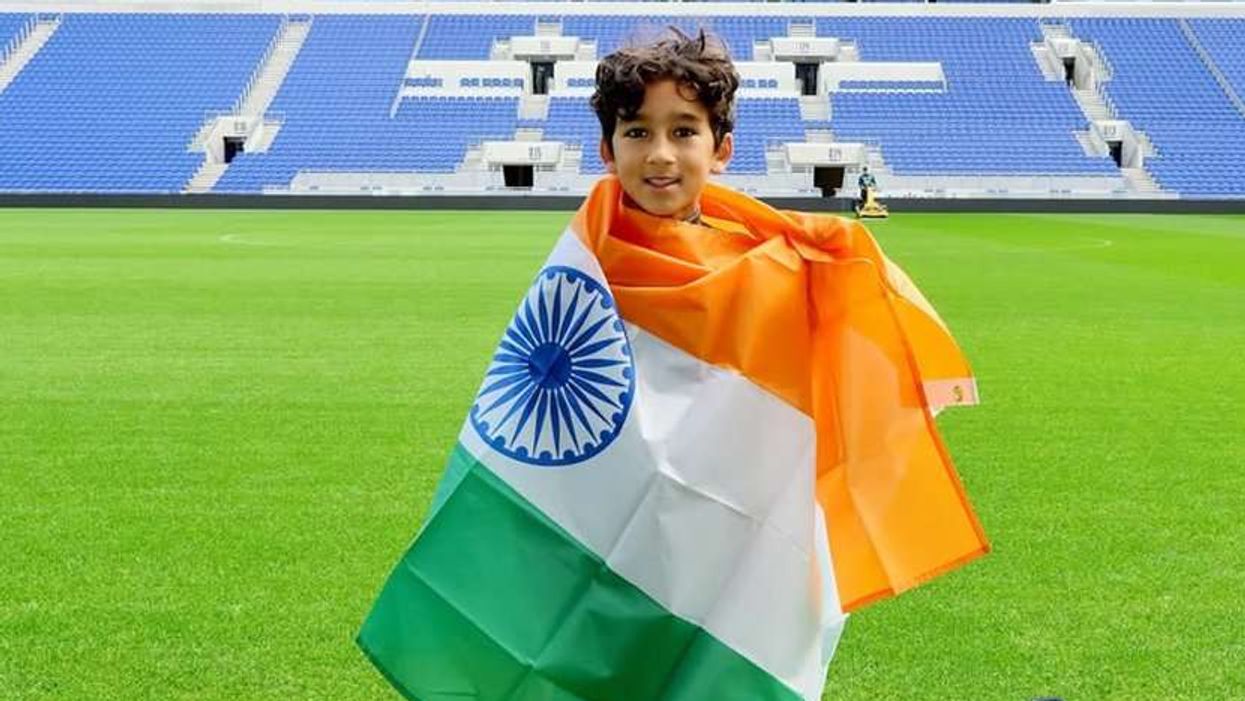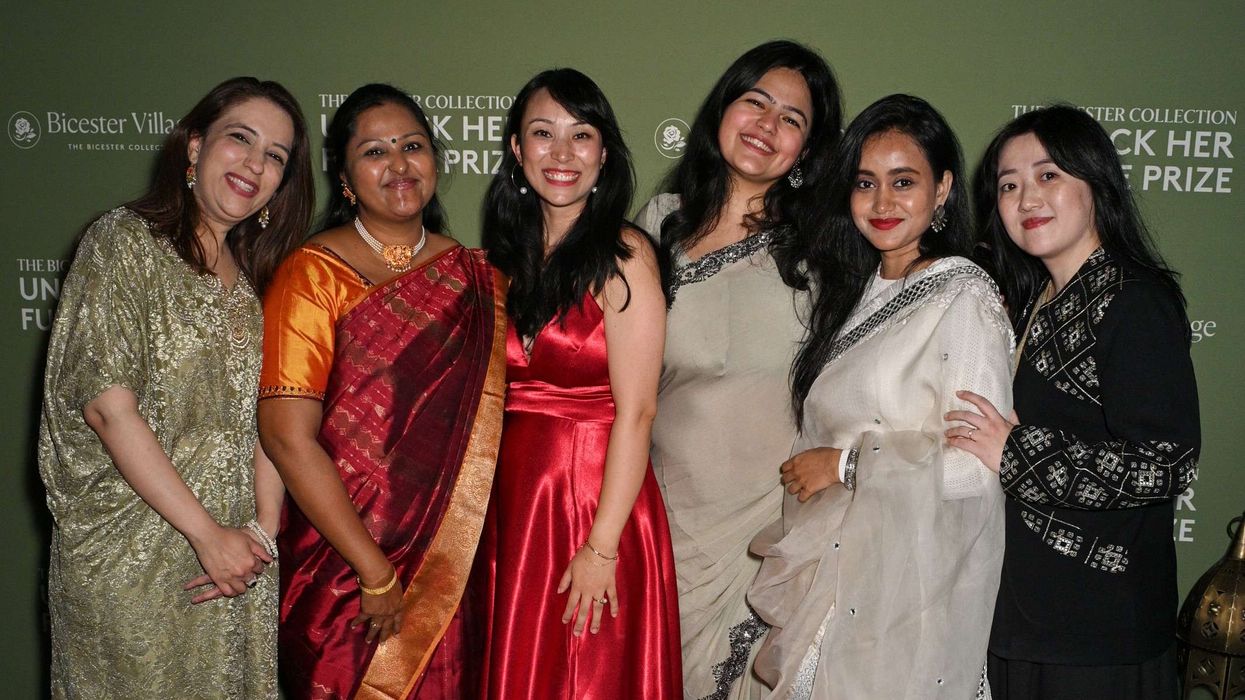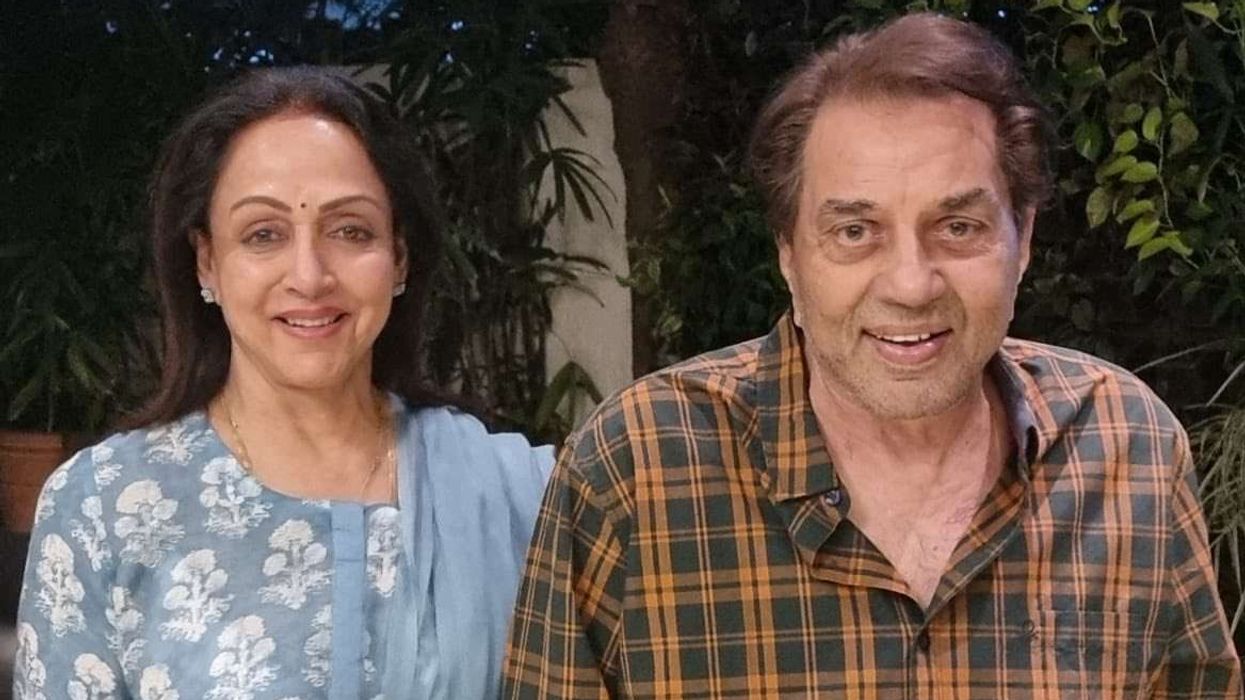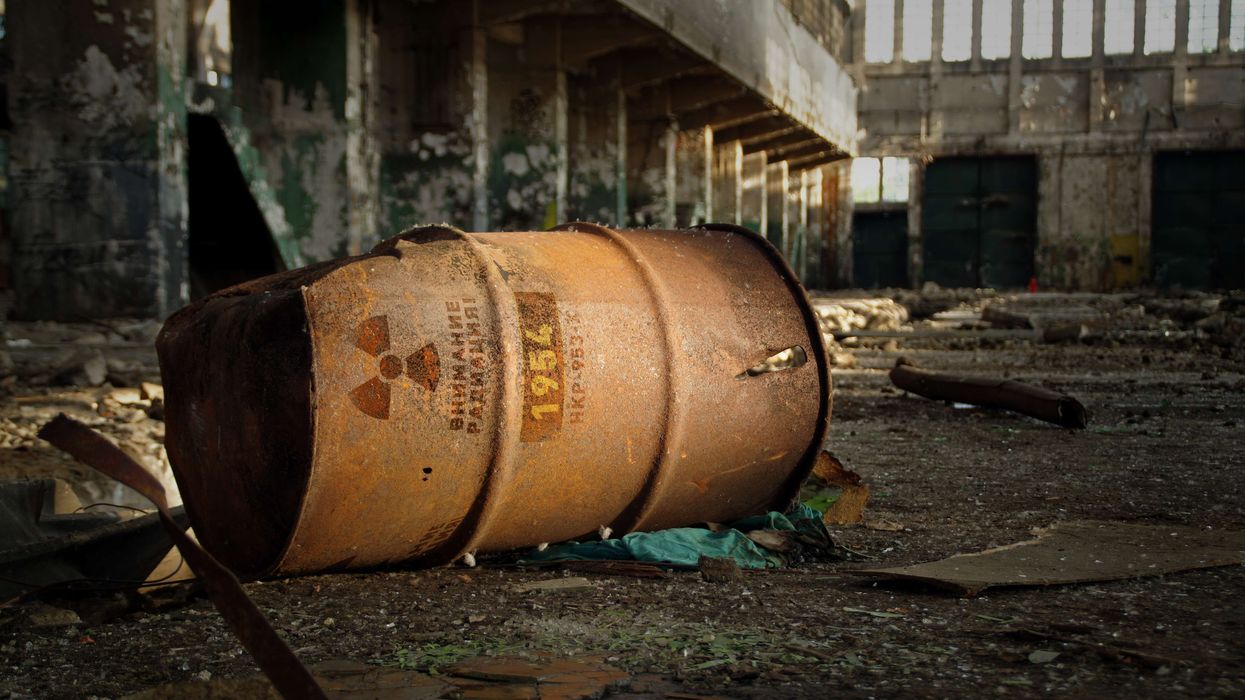By Barnie Choudhury and
Rithika Siddhartha
DOCTORS’ leaders have urged NHS managers to carry out “proper risk assessments” for frontline black, Asian and ethnic minority staff who are treating Covid-19 patients.
Their recommendation comes as new analysis by the Guardian newspaper on Monday (25) showed that among healthcare workers who died of coronavirus, six in 10 were from a BAME background.
Public Health England is scheduled to submit this week its findings of a review into the disproportionately high numbers of deaths among Asian, black and other ethnic communities due to the coronavirus.
At a Covid-19 roundtable hosted by Eastern Eye last Wednesday (21), the British Medical Association (BMA) chair, Dr Chaand Nagpaul, said: “I’m going to be writing to all doctors to remind them that their safety counts if they feel that they’re being treated unfairly, and to remind them that they all deserve a risk assessment.
“So, if you are a 60-year old Asian doctor who has diabetes and hypertension, that doctor needs to be risk assessed and protected. It’s just not right that that is not factored in.”
Figures compiled by the Guardian showed that among those who succumbed to Covid-19 and whose ethnicity was established, Asian healthcare workers accounted for 34 per cent of the overall death toll, while black staff made up a further 24 per cent, compared to 36 per cent who were white, with the rest unknown.
Dr Nagpaul called for BAME staff to be deployed to non-patient and non-Covid work in the NHS if the assessment showed they were at risk. He has previously warned that BAME staff feel bullied and claimed that they are also less likely to speak out if they are not provided adequate personal protective equipment (PPE) while serving in the frontline of the pandemic.
Following reports of a high number of BAME healthcare staff dying due to the coronavirus, NHS Employers on April 30 published guidance for NHS organisations to take “appropriate measures to mitigate the risk of Covid-19, including taking ethnicity and age into account alongside other factors”. These included flagging up any underlying health conditions.
Among NHS staff, those of BAME origin account for 21 per cent of those employed, of whom 20 per cent are among nursing and support staff and 44 per cent among medical staff. Academics, doctors and community campaigners were among those who took part in Eastern Eye’s virtual health roundtable last week.
They included Prof Sir Nilesh Samani, professor of cardiology, University of Leicester and medical director of the British Heart Foundation; Prof Kiran Patel, chief medical officer and consultant cardiologist, University Hospitals Coventry & Warwickshire NHS Trust; Dr Yusuf Hamied, chair, Cipla Ltd; Dr Kailash Chand, former deputy chair of the BMA; Poppy Jaman, CEO, City Mental Health Alliance and former board member PHE and Prof Sabu Padmadas, professor of demography and global health, Department of Social Statistics & Demography, University of Southampton.
They discussed measures to help reduce the infection and mortality risks among BAME communities, culturally tailored messaging and pragmatic recommendations to put forward to the health secretary.
The BMA’s honorary vice-president, Dr Kailash Chand, shared Dr Nagpaul’s concerns. “Risk assessment is again being done at various places, in various different ways, there’s no coordination,” he said. “We need action taken for the risk assessment, and the thing which is very worrying to me is nobody is singing from the same hymn sheet. The Department of Health (and Social Care) is saying something different, NHS England is saying something different.”
Last week a Channel 4 News survey of more than 470 health workers revealed that 73 per cent either had not been risk assessed or that it was inadequate, and 67 per cent said their trust had not done enough to make them feel safe.
The survey also suggested that 61 per cent felt they did not have the same access to personal protective equipment (PPE) as white colleagues, while 62 per cent felt pressurised to work on the frontline.
“We believe there should be a risk assessment of all workers who could be exposed to the virus to make sure that BAME status is considered a risk factor,” Dr Nagpaul said. “Just as pregnancy after 20 weeks is a risk factor, just as some other medical conditions are a risk factor.”
The expert panel’s recommendations will be sent to the health secretary, Matt Hancock, to consider ways to improve protection of BAME key workers who are exposed to the virus.
Dr Chand said it was time to look into what he called “naked inequalities” in the NHS. “We know discrimination and racism exist in NHS,” he said.
“God knows how many inquiries (have) been done, but nothing substantive has been done to structurally look into it. Why racism affects that? I think Covid has brought that on to us, and we need to look into it and what we (can) do about it.”
Prof Samani said findings of the PHE review would inform a future course of action for ethnic communities as he noted there was a gap in the understanding of the coronavirus.
Other proposals included ensuring that employers put up proper safeguards and provide better protective gear as the lockdown is eased, as well as whistleblowing measures for workers concerned about their safety.
Jaman noted that whistleblowing “is reactive and it’s actually, too late”.
“We have to create a culture of openness where there is an honest conversation and dialogue,” she said.
Cipla’s Hamied stressed the need to maintain social distancing as an effective preventative measure.
The panel also wanted the authorities to collect data more effectively which would show up inequalities in health needs.
“I’ve been working in this space for 23 years now and banging on about race equality data to be more robust,” said Jaman, chief executive officer of City Mental Health Alliance, who also served two terms on the board of Public Health England. “What were cracks are now craters, and this pandemic is showing that. So, I think PHE, NHS departments, the government bodies that are working on this, need to build the trust with our communities.”
The chief medical officer at the University Hospitals Coventry and Warwickshire NHS Trust, Prof Kiran Patel, said the aftermath of Covid should be a “driving principle” to tackle health inequalities affecting BAME communities.
“The danger is, as we come out of the pandemic, we just simply restore elective and provide urgent care to our populations. If we really want to address health inequalities, we’ve got to work upstream in terms of addressing the social determinants of health and prevention so that people don’t get to the stage where we have high levels of diabetes and obesity.”
But he said communities needed to be ever mindful of protecting themselves as lockdown measures were eased, especially south Asians.
“We are in desperate need of educating communities that simply because lockdown is easing, it doesn’t mean a rapid return to high density congregation, said Prof Patel. “We need to advise them that the infection prevention and control measures must continue for a period of time. We need to make sure people protect themselves but actually each other as well.”
The need to educate communities –but without spreading fear – was picked up by professor of demography and global health at the University of Southampton, Sabu Padmadas.
“I would strongly recommend a special disease surveillance system, focusing on the BAME community,” said the university’s dean of international. “We need to go back to the basics, engage community health workers who could be deployed, and not just educate, but also trace and track conditions.”
He added, “We also watch a lot of television these days, there is also an infodemic of this pandemic. We need to see a simple, short clip every day. In India, I used to see videos about malaria, the video needs to be succinct and adequate. That’s fundamental.”
Jaman also urged culturally sensitive messaging and highlighted the importance of real-life stories on influencing community behaviour.
“PHE, NHS, the Department of Health and other government bodies that are working on this, need to build the trust within our communities, and you have to earn that. Their messaging has not been tailored to us; no pot of money has been tailored to the shop keepers, for example.
“It’s stories that change human behaviour. If our communities our dying, there’s a lot of people coming out of the health system who have recovered and survived, those are voices that need to be heard as well. (the government must) Land messages about change and being more in control.”
Given the challenging conditions of staff in hospitals and care homes, health workers have made no secret of feeling depressed, stressed or burnt out because of the long hours.
Jaman, who is also an ambassador of Mental Health First Aid England, warned of a second imminent pandemic. “We know from disasters around the world that about 40 per cent of people’s mental health will decline. That is a catastrophe waiting to happen, isn’t it? And who are going to be most impacted again? I imagine, without looking at the data, that BAMEs will fare very, very, very badly. There’s a second pandemic which is the mental health crisis that’s six months from now.
Doctors make recommendations to health secretary
Dr Chaand Nagpaul: Obligation for the NHS to risk assess, it’s not all about BAME workers not being able to work in the frontline, there are tools out there and this needs adjustments. The second is data. We don’t have enough. More data and more protection.
Sir Nilesh Samani: Risk assessment, especially in terms of ethnicity and also for the communities at large is critical. How do you get that message out?
Prof Sabu: A disease surveillance system focusing on BAME people. And beyond Covid, engage with community healthcare workers, the community healthcare workers can be deployed, trace and track.
Poppy Jaman: We know from disasters around the world, from the spike of any crisis, the population’s mental health will decrease. What are we going to do about this?
Dr Yusuf Hamied: Covid has come here to stay, how can we tackle it long term is what we need to plan now?
Dr Kailash Chand: More testing so we’re not in danger of the second phase, addressing the so-called inequalities. It’s the fundamental reason why so many people have died, address the health and the inequalities. We have the highest death rate in Europe and second in the world, why are we where we are? This should be raising an inquiry.
Prof Kiran Patel: Behavioural science: Ensure individual responsibilities for behaviours such as social distancing, avoiding congregation, lifestyle measures and hygiene are clearly defined for BAME communities in the context of cultural issues – so tailoring advice for Ramadan and religious festivals, among others.
Individual risk reduction: Ensure we use Covid as an opportunity to reduce health inequalities relating to ethnicity. It is still debatable whether ethnicity per se is a risk factor but we do know that identified risk factors for adverse outcome such as the comorbidities of obesity (with the lower BMI thresholds for BAME groups), hypertension and diabetes are more prevalent in BAME groups and are more poorly managed in deprived populations. So, we must optimise the management of these conditions in BAME groups – it is not too late to do that to reduce individual risk.
The lifestyle measures which increased risk of adverse outcome are also areas to focus advice – stop smoking, exercise, lose weight – now is a pertinent time to address these social determinants.
Workplace risk reduction: Ensure that employers provide individual risk assessment and risk reduction in line with the national framework we published; i.e. all individuals assess risk, ensure good access to appropriate PPE and employ mechanisms to ensure good communication and alleviation of anxiety.

